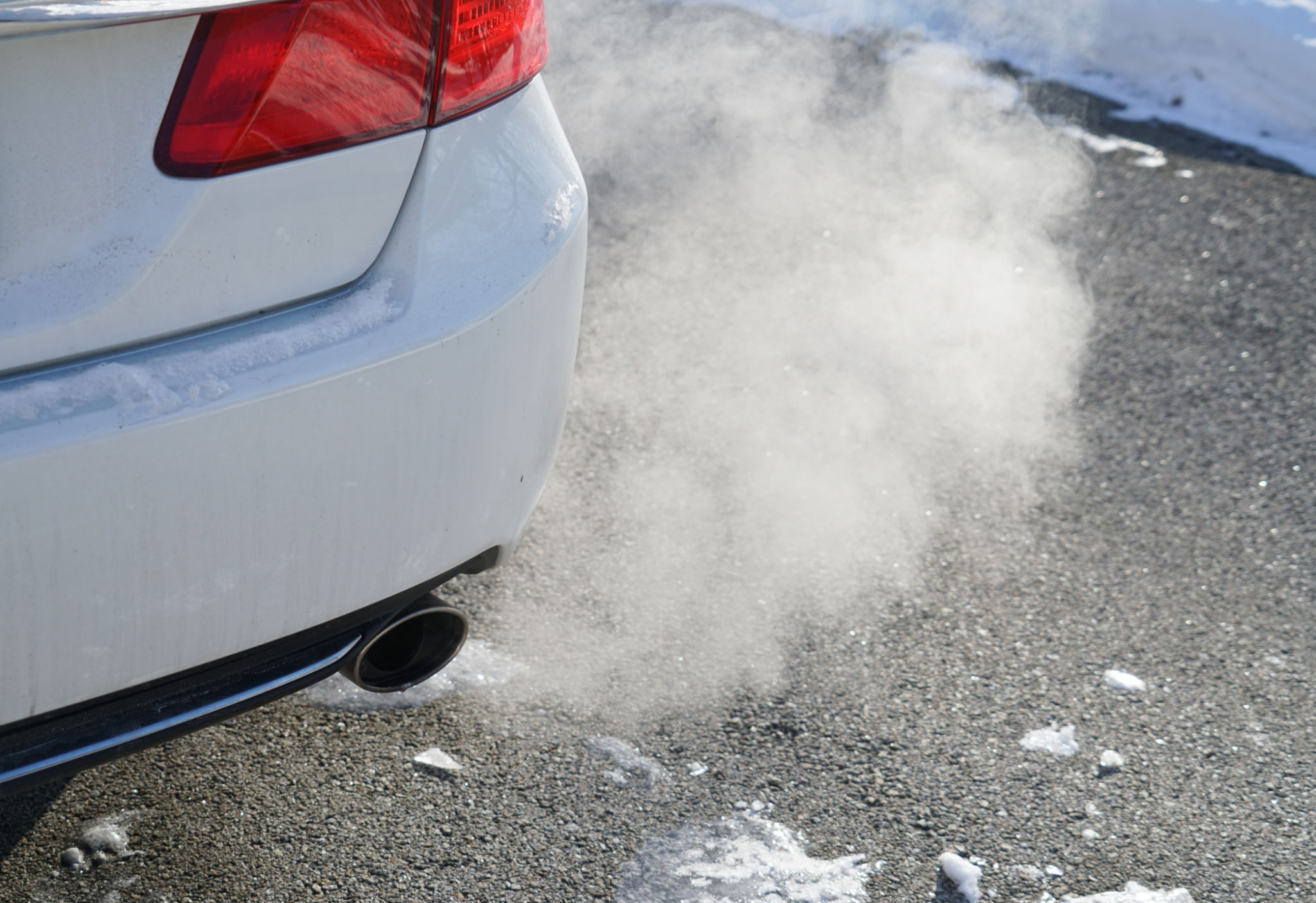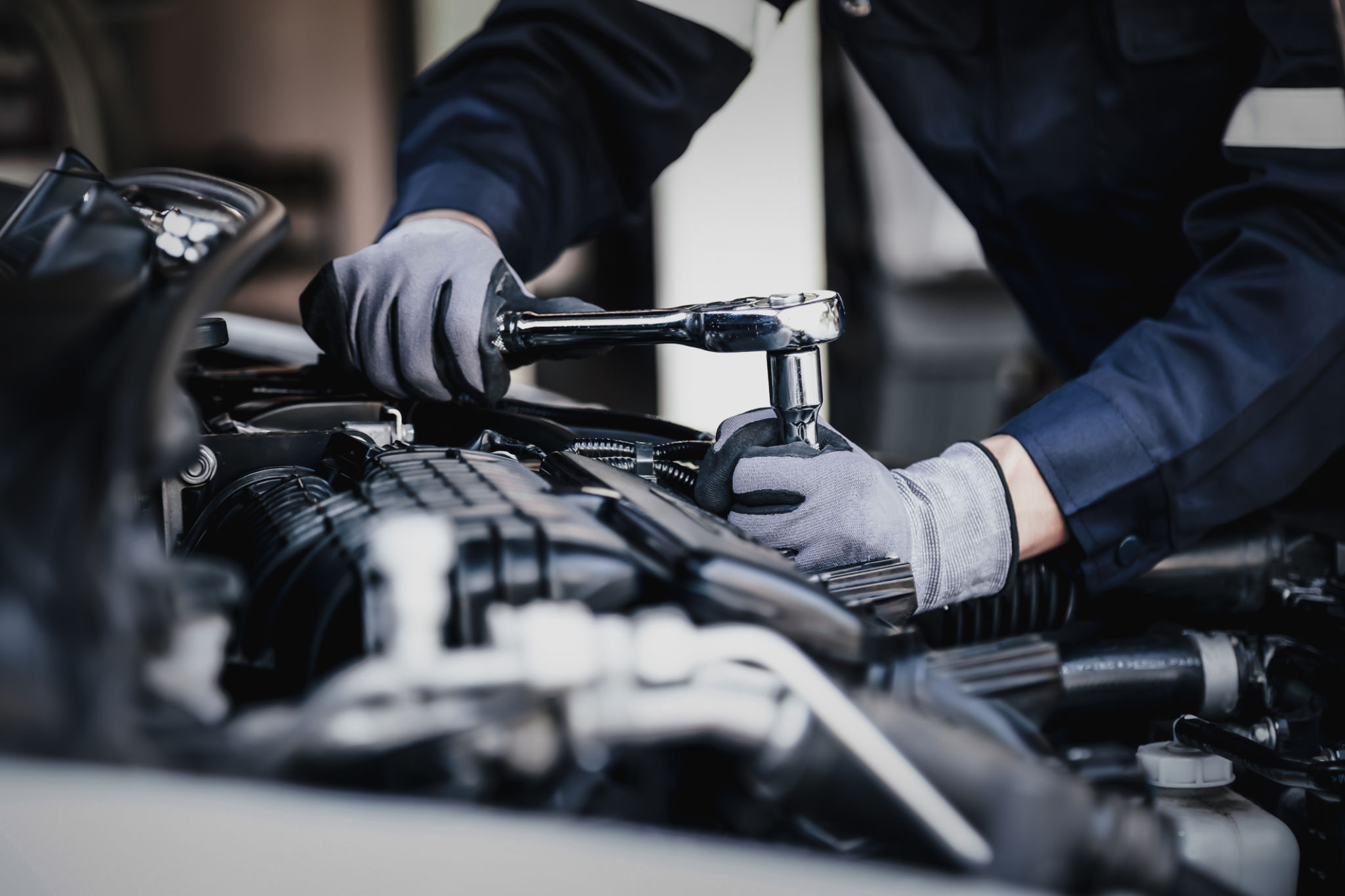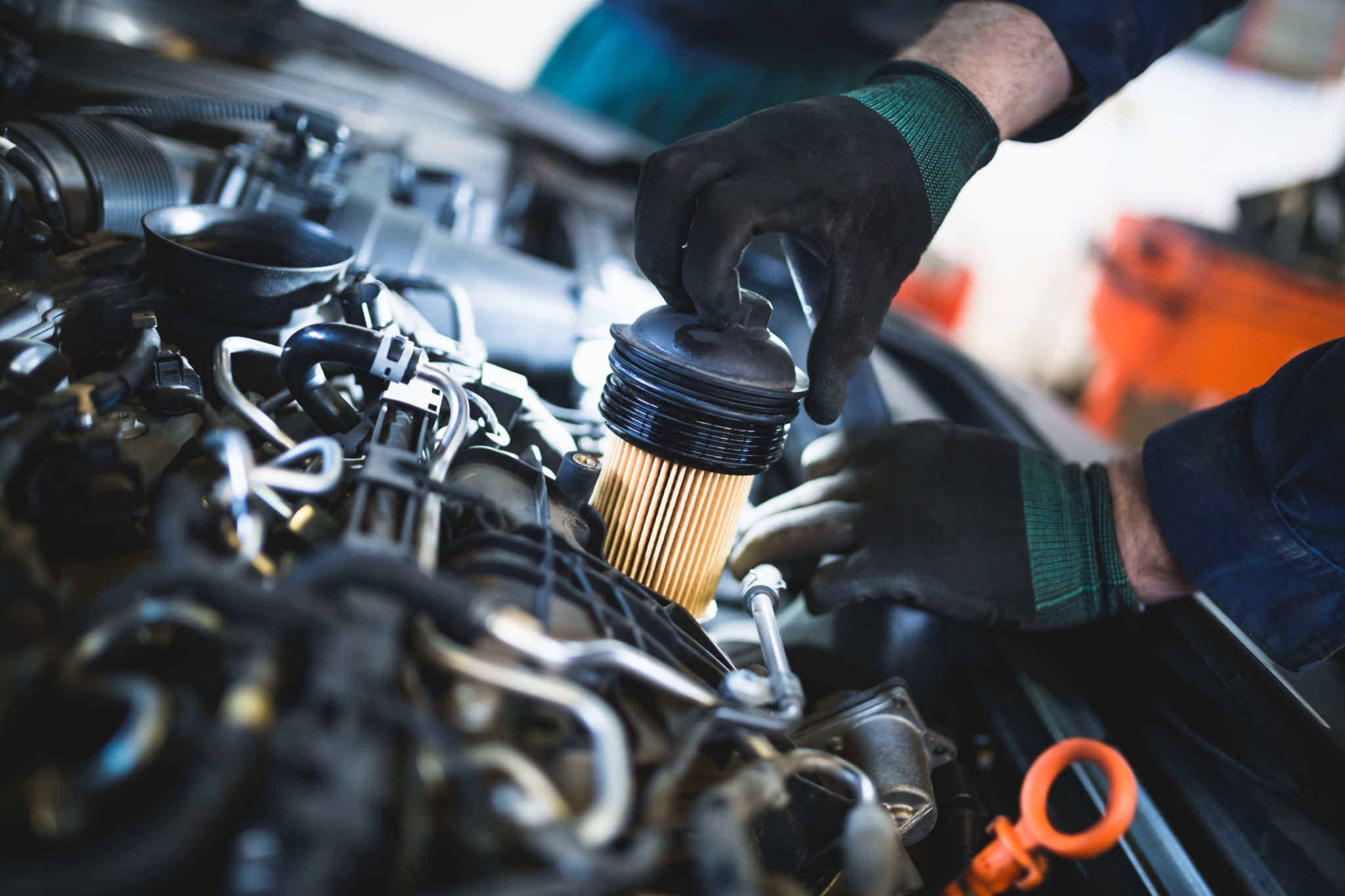Understanding Exhaust Systems: How to Spot Issues Early
JG
Introduction to Exhaust Systems
Understanding your vehicle's exhaust system is crucial for maintaining its performance and ensuring a safe driving experience. The exhaust system is responsible for directing harmful gases away from the engine and reducing emissions. A malfunctioning exhaust system can lead to decreased fuel efficiency, increased emissions, and even potential health hazards. In this post, we'll explore how to spot issues early and keep your exhaust system in top condition.

Components of an Exhaust System
An exhaust system comprises several key components, each serving a specific function. These include the exhaust manifold, catalytic converter, resonator, muffler, and tailpipe. Understanding these components helps in diagnosing problems and performing timely maintenance.
Exhaust Manifold
The exhaust manifold collects gases from the engine cylinders and directs them into the exhaust pipe. It's essential for maintaining proper back pressure in the system, which affects engine performance.
Catalytic Converter
The catalytic converter reduces harmful emissions by converting toxic gases into less harmful substances. A failing catalytic converter can lead to increased pollution levels and may even cause a vehicle to fail emissions tests.

Signs of Exhaust System Problems
Being able to identify early signs of exhaust system issues can save you from costly repairs. Here are some common symptoms to watch for:
- Loud noises: A sudden increase in noise levels could indicate a hole or crack in the exhaust system.
- Decreased fuel efficiency: If you're visiting the gas station more frequently, it might be due to an exhaust leak affecting engine performance.
- Rattling sounds: Loose or damaged components can create rattling noises, especially during acceleration.
Visual Inspection Tips
A visual inspection of your exhaust system can help identify potential issues. Look for signs of rust or corrosion, which can weaken the pipes and lead to leaks. Also, check for any visible cracks or holes in the system.

Smoke and Smells
Different colors of smoke from the exhaust can indicate various problems. Blue smoke may suggest oil leakage into the combustion chamber, while white smoke could mean coolant is leaking. Additionally, unusual smells such as a strong gasoline odor may signal a problem with the catalytic converter or an exhaust leak.
Preventive Maintenance
Regular maintenance is key to preventing exhaust system issues. Here are a few tips to keep your exhaust system in good shape:
- Schedule regular inspections: Have your exhaust system checked by a professional mechanic at least once a year.
- Keep an ear out for unusual sounds: Address any noise changes immediately to prevent further damage.
- Watch for warning lights: Pay attention to your dashboard's check engine light as it can signal an exhaust issue.
Conclusion
The exhaust system plays a vital role in vehicle safety and performance. By understanding its components and being aware of potential issues, you can ensure it remains in optimal condition. Regular inspections and maintenance not only extend the life of your vehicle but also contribute to a cleaner environment.
